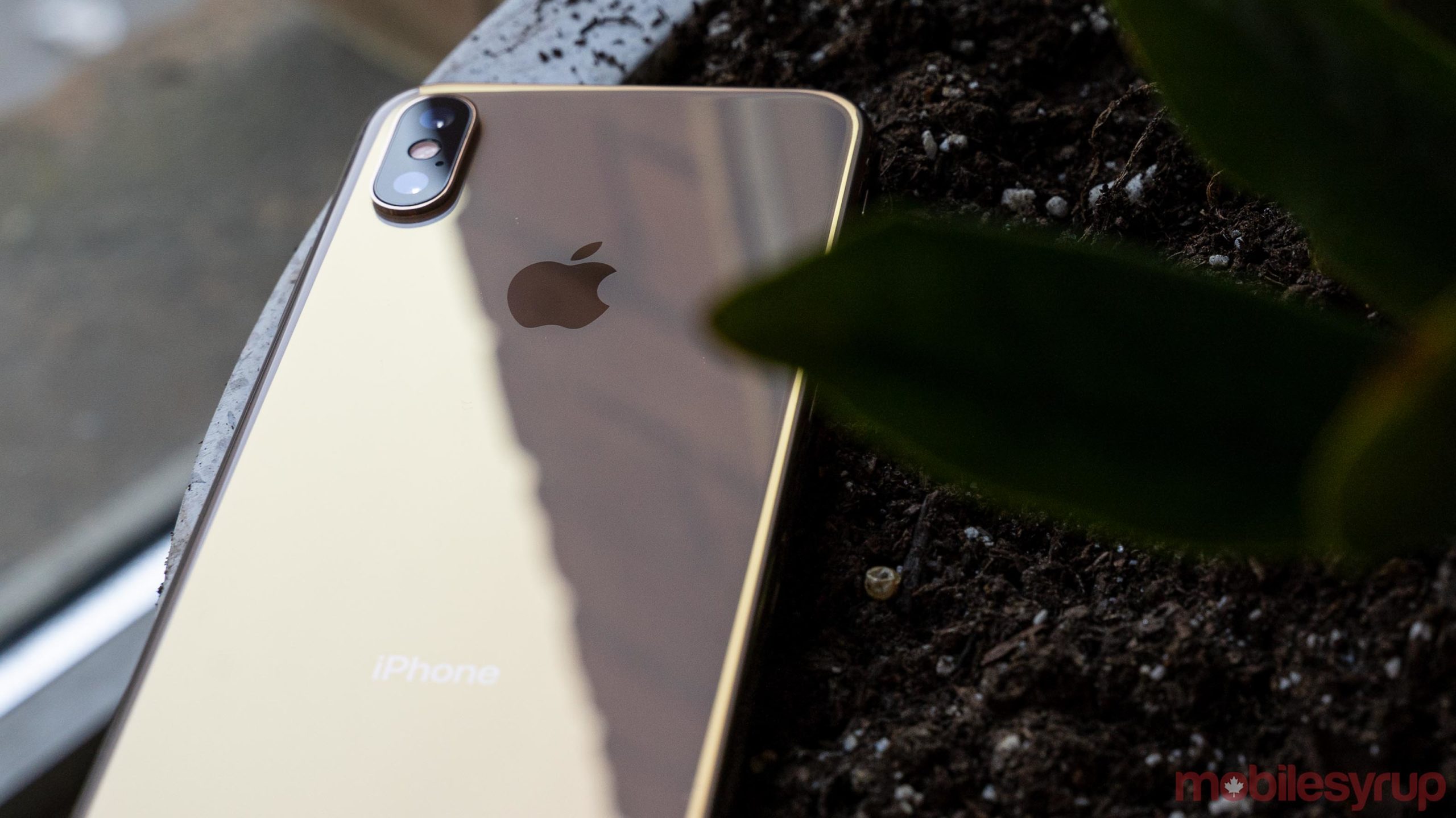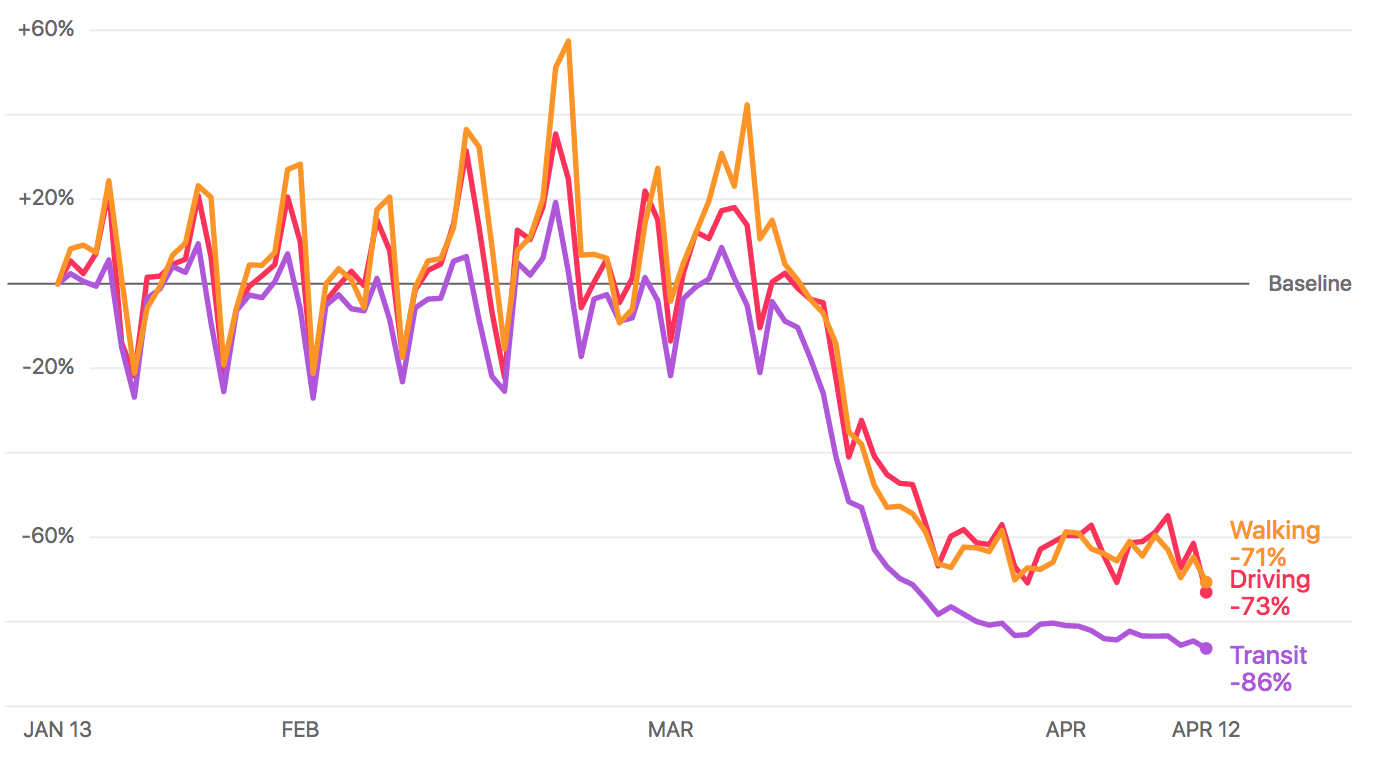
Apple has released a mobility data trends tool from Maps to help advance efforts and measures put in place to prevent the spread of COVID-19.
The tech giant says that the mobility data could provide helpful insights to local governments and health authorities. Apple notes that the data can be used to aid in forming new public policies by showing the change in the volume of people driving, walking or taking public transportation.
Essentially, provincial and municipal governments can analyze the data to determine if their physical distancing measures are effective, and understand whether they need to implement stricter measures to reduce traffic even more.
In terms of Toronto, the mobility data notes that requests for directions in Apple Maps for walking trips decreased by 71 percent as of April 12th when compared to January 13th.
The data also shows that requests for driving directions decreased by 73 percent in the same time frame. Most notably, the data shows that requests for directions for transit trips decreased by 86 percent.
Apple outlined that Maps does not link mobility data with a user’s Apple ID, and that it does not collect records of where users have been.
“The information is generated by counting the number of requests made to Apple Maps for directions. The data sets are then compared to reflect a change in volume of people driving, walking or taking public transit around the world,” the tech giant notes.
The data collected by Maps is associated with random identifiers that continually reset, which means that Apple does not have a profile of users searches or movements.
Considering the popular use of Apple devices and the fact that many people use Apple Maps instead of a third-party map app, this data could provide policymakers with information required to further prevent the spread of COVID-19.
Although the data is aimed towards governments and other organizations, individuals can still access the data if they are curious about the trends.
Apple recently partnered with Google to develop a tool to help public health officials track the spread of COVID-19 using smartphones and Bluetooth.
Image credit: Apple
Source: Apple
MobileSyrup may earn a commission from purchases made via our links, which helps fund the journalism we provide free on our website. These links do not influence our editorial content. Support us here.



